Berlin is the city that makes my heart skip a beat.
The historic buildings and streets define and narrate my lifelong obsession with Germany and its history like an interactive storybook.
First, Berlin was the cultural center of the Weimar Republic era (between WWI and WWII) when the painters, filmmakers, musicians, architects, scientists, and great writers who emerged during this time breathed life into a new genre of collective artistry never seen before.
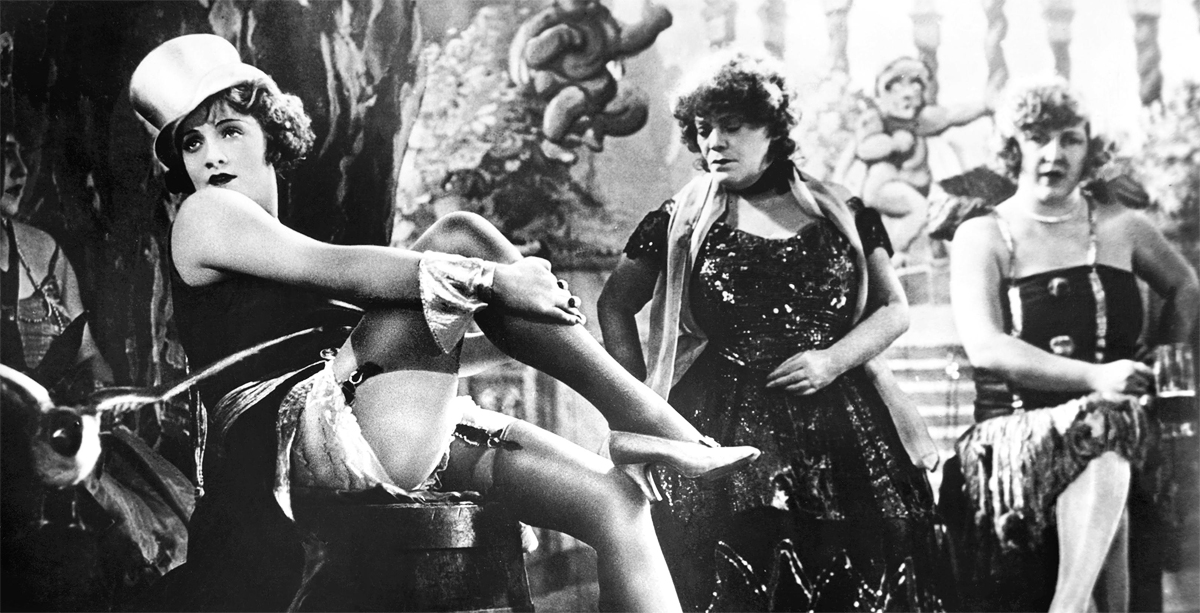
The essential image of Weimar Berlin. Photo shared from thelocalde
No other generation came close to the boom of originality and human development in such a short frame of time as the Weimar Republic.
Psychoanalysis, quantum mechanics, physics, sexology, philosophy, sociology, political and social theory concepts exploded.
Consider the works of German Expressionism, Surrealism, Cubism, New Objectivity, Dada, Futurism, and Bauhaus that were created during this time. Just start there.
The musical and theatrical styles that developed in the Weimar era have influenced me immensely in my work in multiple vaudeville/ cabaret shows and bands throughout my life. Many of the songs I write pertain to events and themes of Weimar and World War. Being able to walk in the footsteps of so many inspirational people here in Berlin was enthralling!
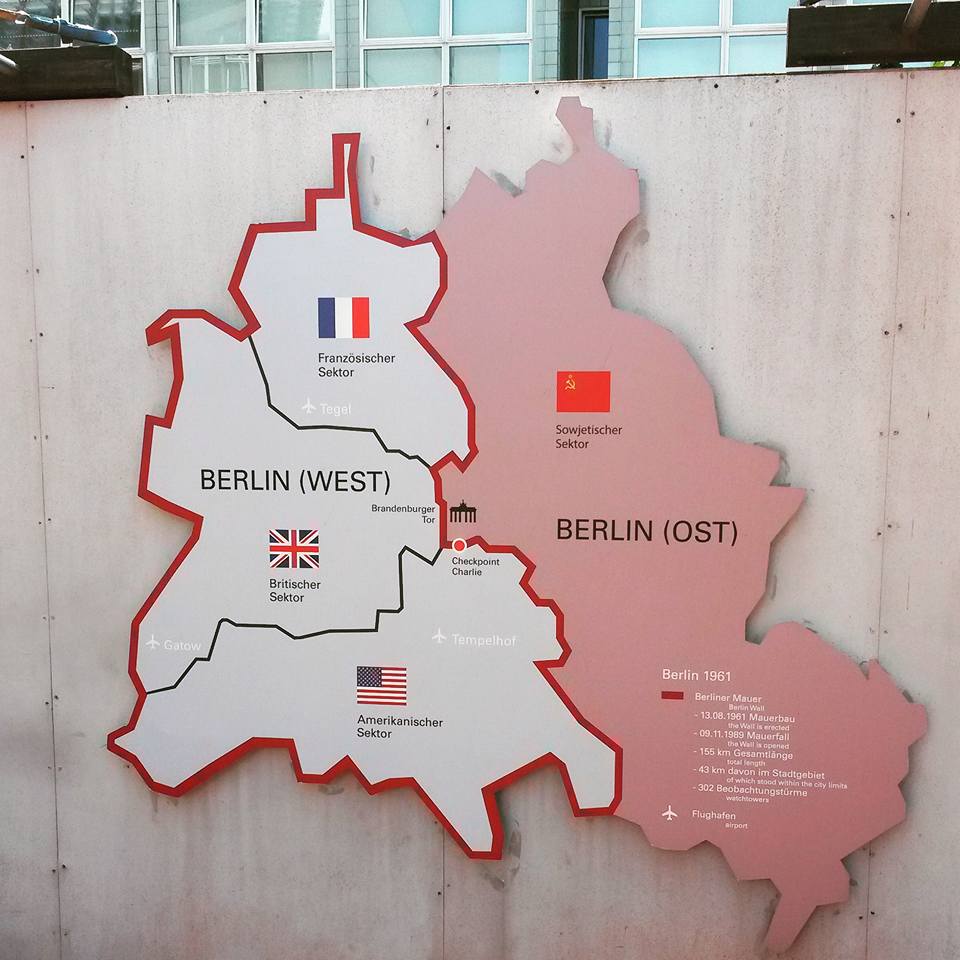
Second, World War I and II encompassed the shift from Nazism to Communism in a devastating political tug of war. Germany was divided into two entirely separate countries, the West versus the East.
Espionage was rampant and infiltration became the norm. Berlin and its people were torn apart over and over again.
Third, and ultimately, modern day Berlin is fascinating in its own right; a melting pot of languages and ethnicities, revitalized art and architecture, and developing businesses.
Berlin is a city of water, bridges, greenways, parks, museums, volumes of preserved living history juxtaposed among skyscrapers and dreamy medieval structures. It is a city that does not forsake or hide any part of its past.
My song for this entry is the German band Blue Sound with “Berlin”
There are many darker parts of Berlin, most notably the Holocaust, that remain. They serve as a reminder of what happened in Germany’s past and as a commitment to never let it happen again. Signs commanding “Noch Nie!” and “Nie Wieder!” (never again) reaffirm disapproval on every other street.
My thoughts kept turning to morbid curiosity of what it must be like living in a city that attracts millions of tourists based on terrible events from a relatively short period in history that its people do not want to be associated with.
Imagine if the entire world came and gawked in horror to the Appalachian mountains and hills of Southern USA just for “Slavery and Racism Tours,” or the majestic canyons and gorges in Armenia just for “Massacre Bike Tours,” or the elephant ranges and extensive waterways of Cambodia just for “Genocide Boat Rides.”
How does a society move on from such a painful past inside in a house of mirrors?
Berlin is steeped in so much history that it would take months to write about each significant location, but here are some key places to visit if you are especially interested in World War history, Cold War history, and everything in between.

DER FERNSEHTURM
The Fernsehturm TV Tower is the tallest structure in Germany, reaching nearly 1200 feet, and has an elevator that leads to a complete 360 view of the city. It was helpful when navigating, though often left us with a feeling of being watched.
There were very few places I found that I could not look up and see this tower. I was easily able to put myself in an espionage frame of mind, as if I was on some mission while being surveilled.

The Fernsehturm website has a gorgeous video of the city near the bottom of the page.
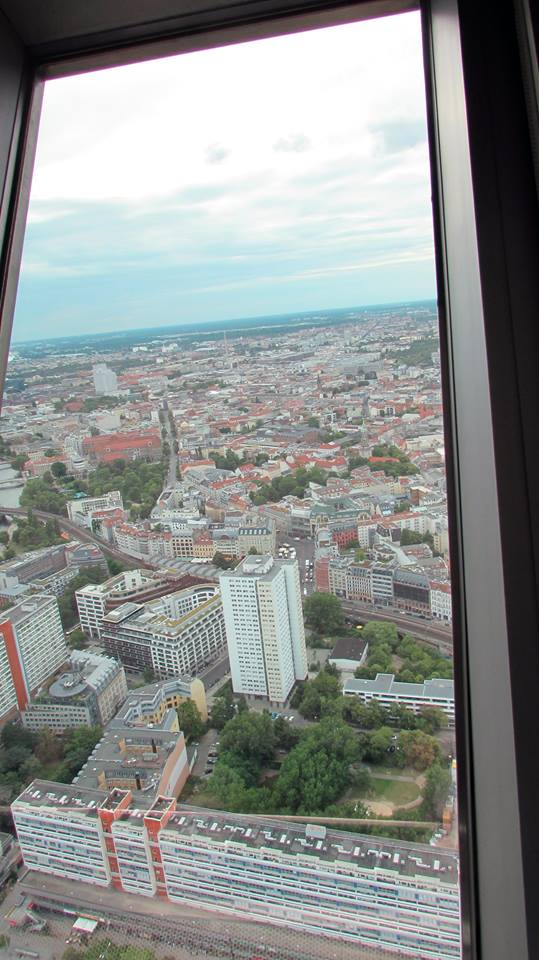
Enter the tower in Alexanderplatz, and be sure to visit Gunther von Hagens’ Body Worlds exhibit in the lower level.
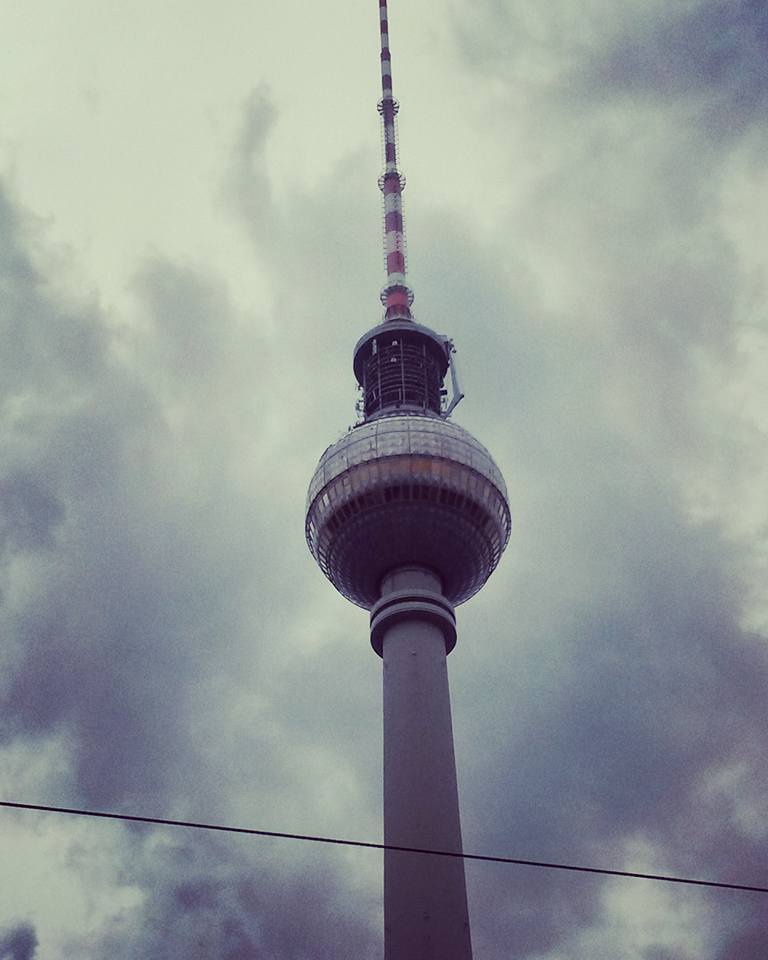
Reichstag
The Reichstag is massive and still stands, marked heavily by bullet sprays and bomb damage. It was the seat of parliament in the Weimar Republic and is now the seat of federal German parliament, the Bundestag.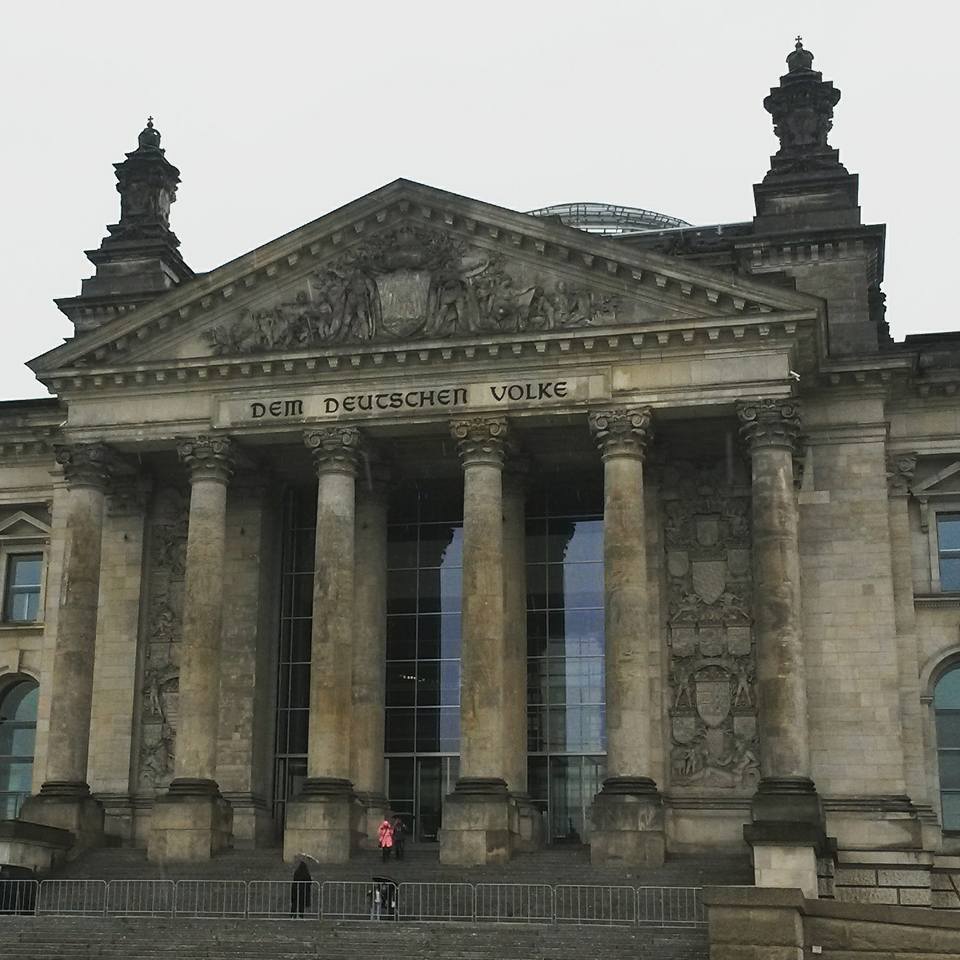
You can take a free tour, but you must sign up in advance on the website.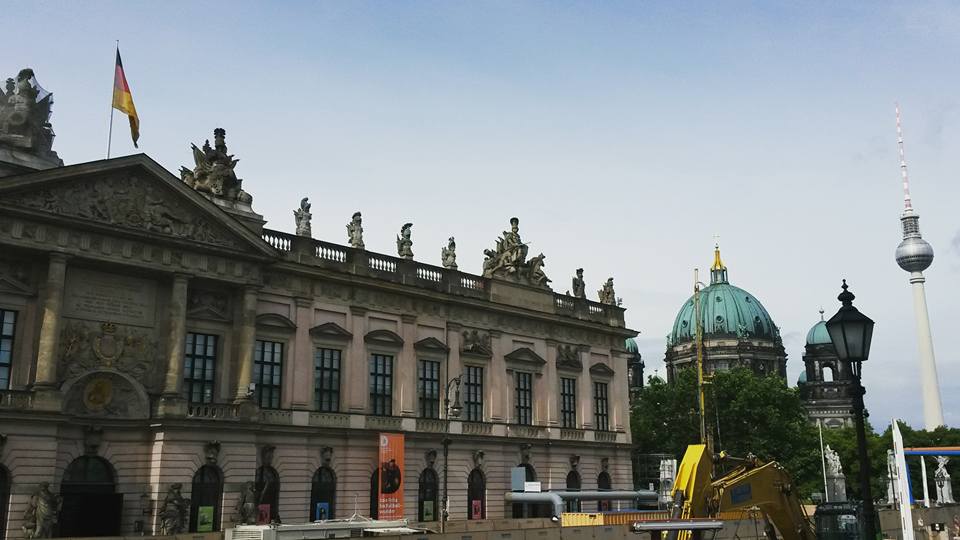
The Brandenburg Tor & Pariser Platz
Brandenburg Gate is the most iconic place in Berlin and where tour guides, neon vans, bike carts, buses and horse carriages all stand by for hire.
Some days you can find a rally for vegetarianism, others you can find a rapper set up on a mobile stage going full on about taxes at 10 am. I have witnessed both on the same morning.
You will find the staples like Starbucks and sandwich cafés next to the famous Hotel Adlon where Michael Jackson once hung his child over the balcony.
You will find ancient sculptures and foreign embassies surrounded by street performers and souvenir shops.
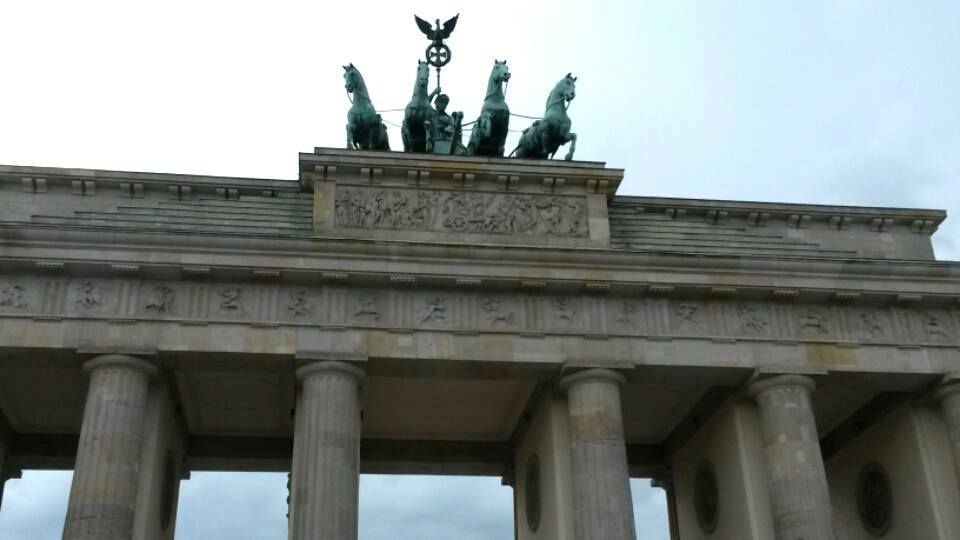
Due to some recent security issues, the Polizei had temporarily shut off access to many areas behind the Brandenburg Gate. My understanding is that Pariser Platz is the most likely place here to be targeted in an attack to destroy German / European heritage.
Thankfully it was only a false alarm.
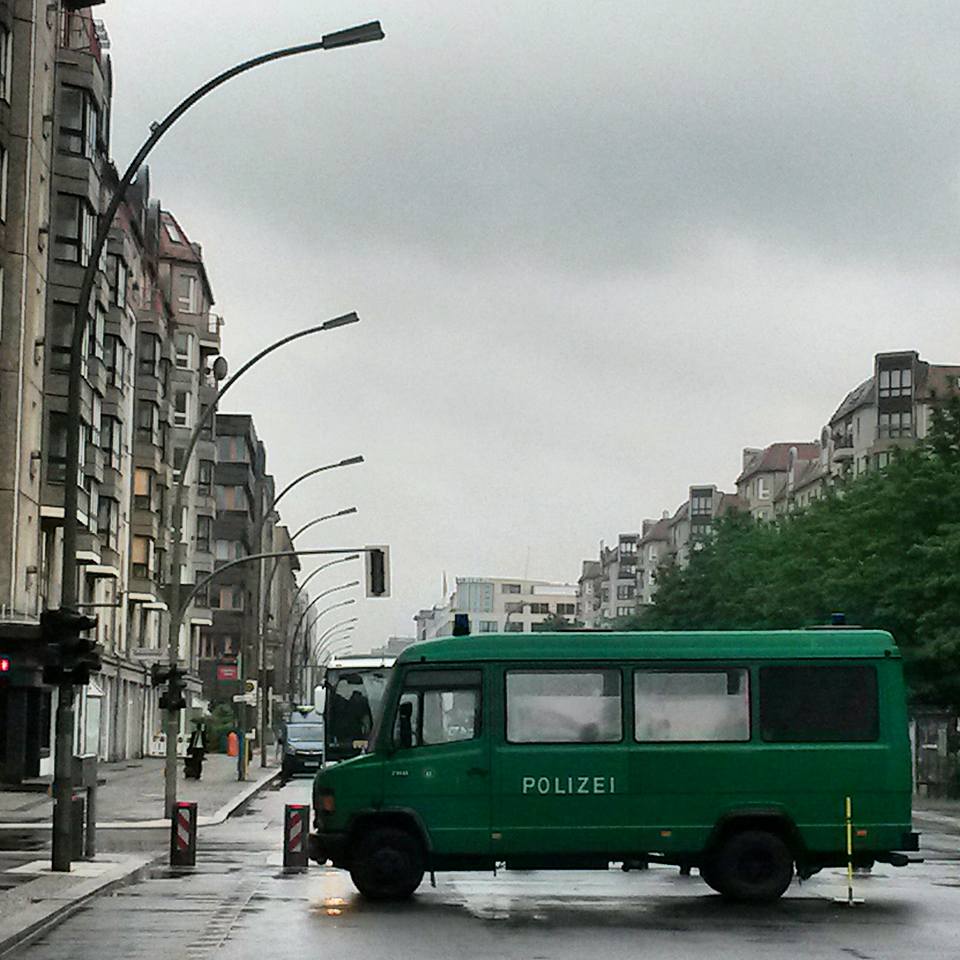
Checkpoint C
More commonly known as Checkpoint Charlie, this station was the most utilized crossing point between East and West Germany. It was heavily guarded by military personnel from Germany, Soviet Union, France, and England after WWII when Berlin was divided into sectors controlled by the four respective major powers.
What many people misunderstand about the Berlin Wall was that it was not meant to keep people of the West OUT of East Germany, it was to keep those unfortunate enough to be living in East Germany from defecting or escaping. Soviets needed to trap people in order to have a population to control.
Now you can have your photo taken with a smiling actor posing as a guard, but something just does not feel right about that.

Tränenpalast, the Palace of Tears
The Tränenpalast is a museum for Ostalgia, propaganda, film and photography of the station’s history and of German reunification.
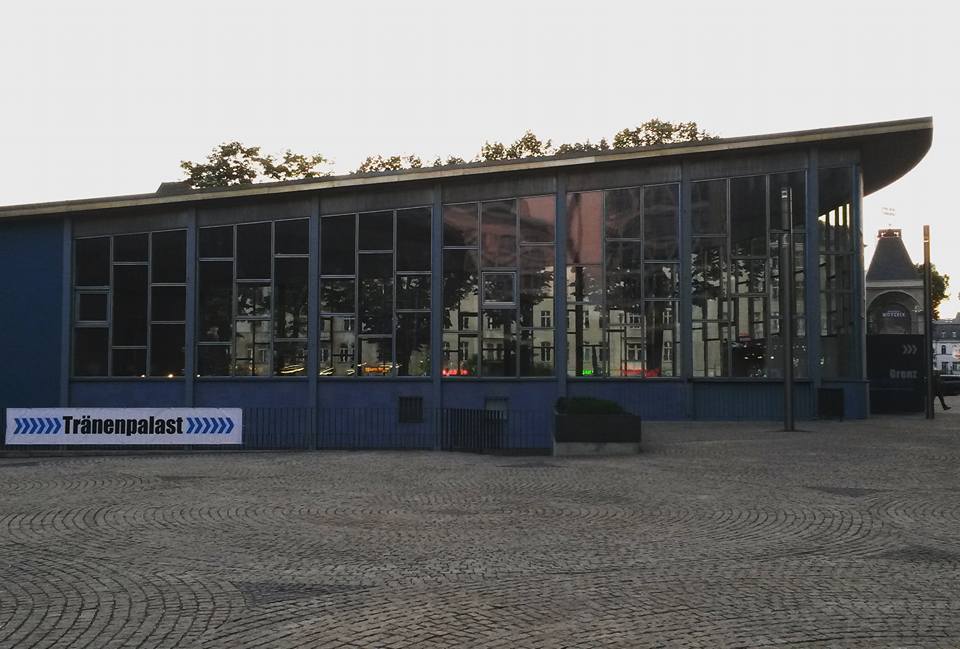
Ostalgia is a term to describe fondness for certain aspects of life in East Germany under Communist rule. It is difficult to imagine how one could miss the misery of life on the Eastern Bloc, but it is a widespread emotion among many survivors of other nations in the former Soviet Union as well.
An older Russian woman once explained it as even though things may not have been happy, they were more stable than before and basic needs were usually guaranteed. It was not a time for dancing, but a time for having ones feet on solid ground.

During the Cold War, the Tränenpalast was another hectic border crossing station where families were sometimes permitted to visit each other briefly, but then sent back to opposing sides of the Wall. This led to a perpetual scene of tears, earning it the title Palace of Tears.
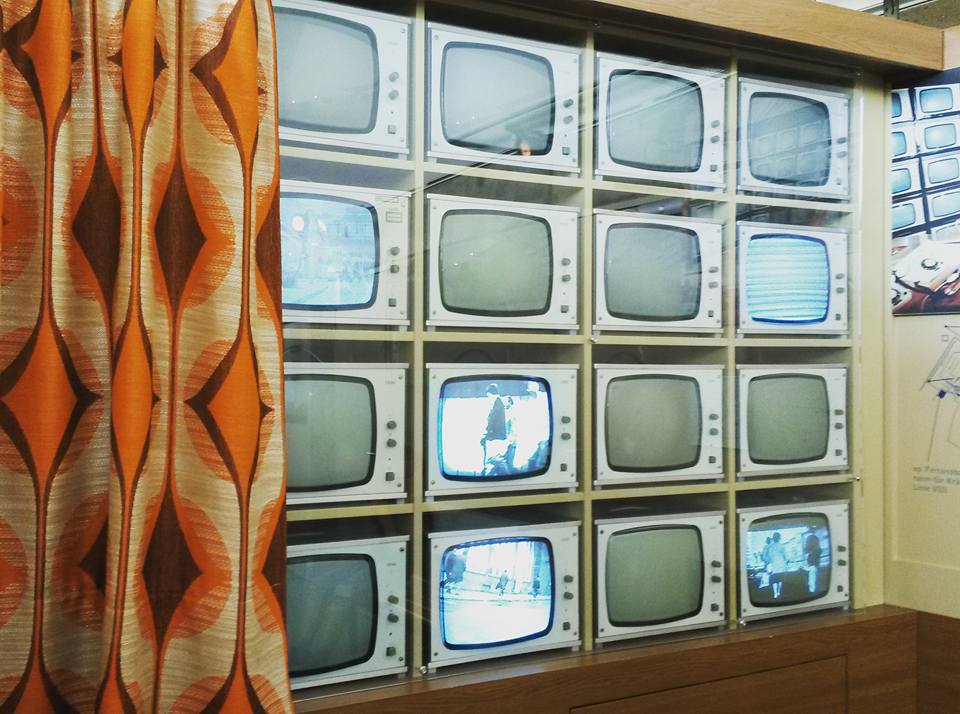
One particular glass etching caught my eye, which I translated as “Whoever comes too late is punished by life.” This made me think of those who did not get through the borders before they were sealed shut, and how those people were left behind to suffer for over thirty years.
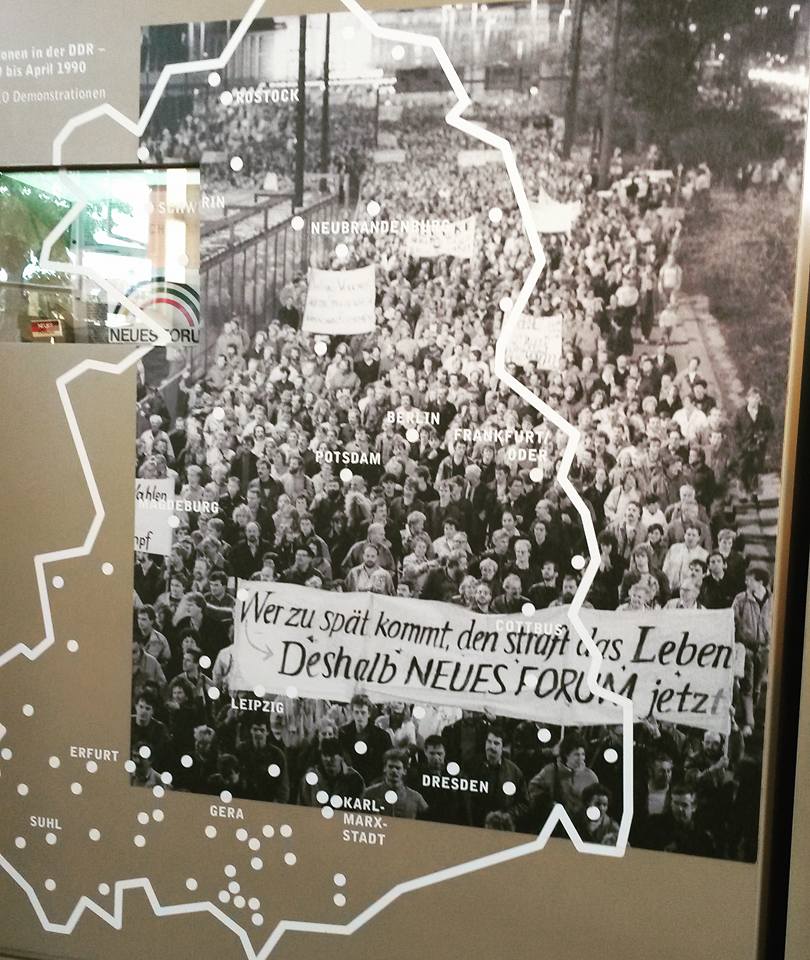
Topographie des Terrors
Topography of Terror is a brilliantly designed installation filled with abject horror. You can visit this outdoor exhibit anytime for free.
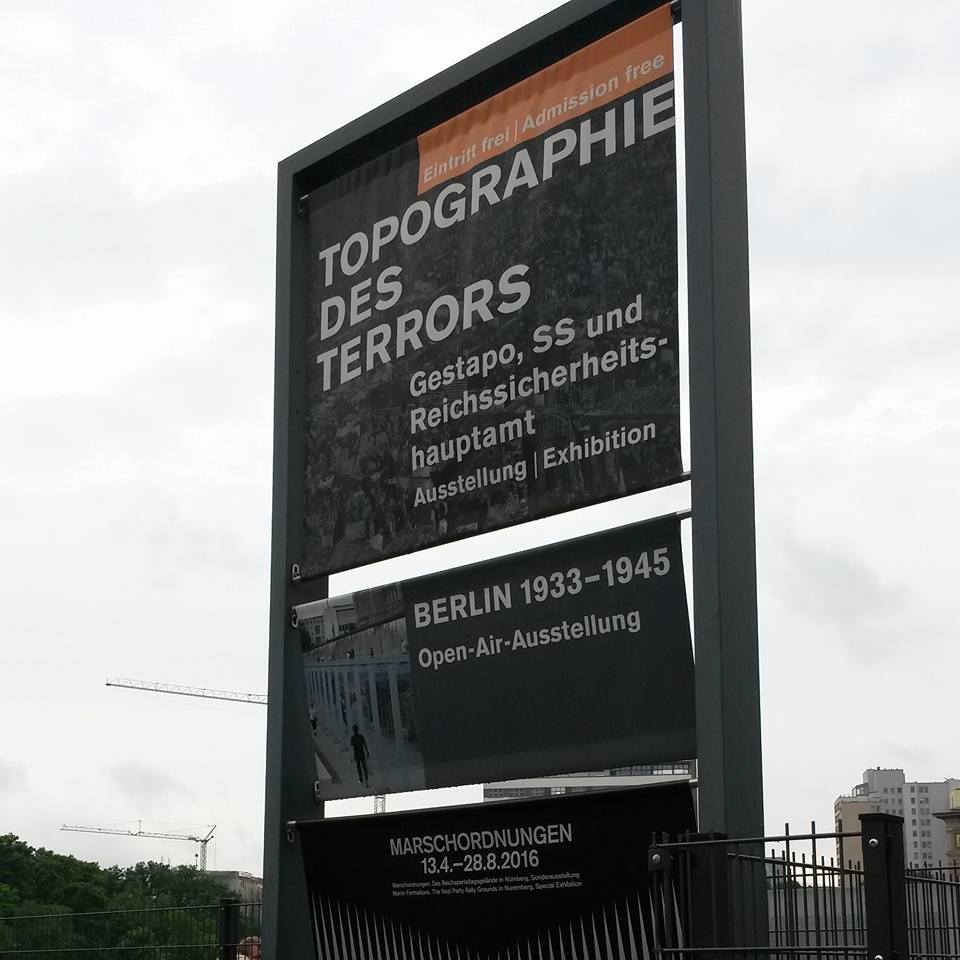
Rallies, marches, attacks, raids, propaganda, and other activity among the Gestapo, SS, and Nazi soldiers are all documented here.
Actually the primary media used here is propaganda, recalled on large glass panes depicting the fear and paranoia constantly drilled into the German people.
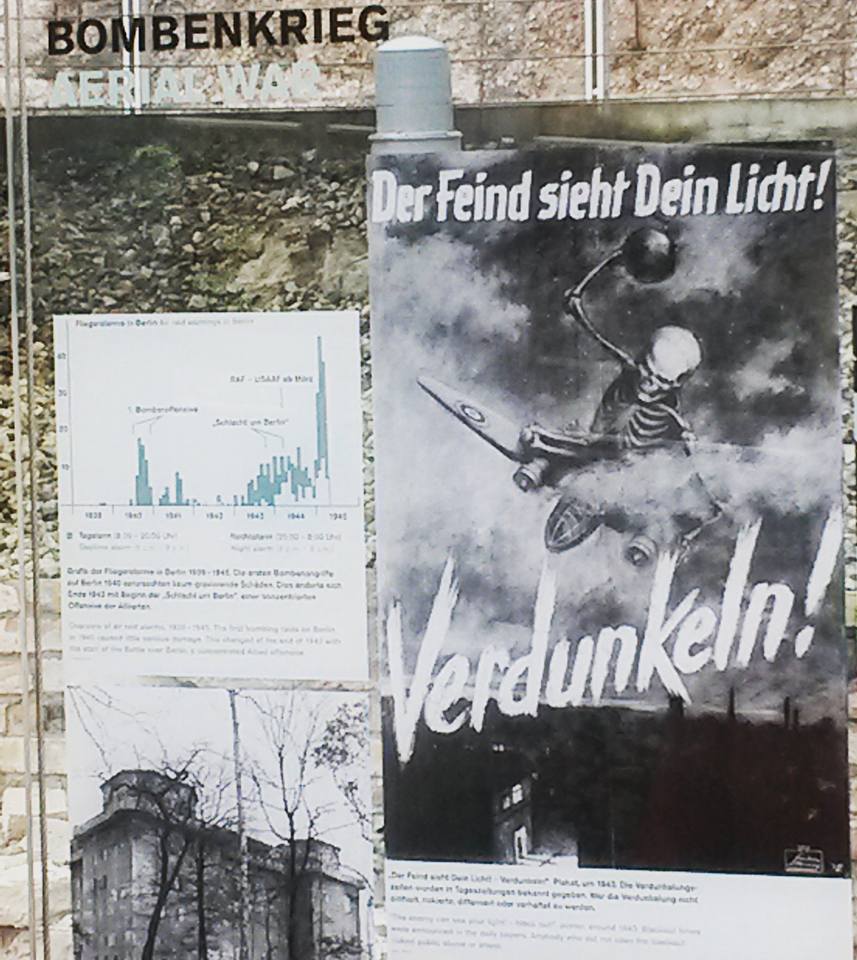
“The enemy sees your light! Darken it!
I was beside myself to see a section devoted to Stella Kübler, who I have written about extensively. She was a Jew that showed no mercy in hunting and turning over other Jews to save her own life.
It was widely thought that Kübler flaunted her status and enjoyed her actions, and even lived out the rest of her long life in utter denial. The level of cruelty and extent she would go to “seduce” other Jews into trusting her was disturbing, which distinguished her from those who were coerced into such behaviour simply to survive.

Peter Wyden has a fascinating book called Stella I encourage you to read if you are interested in the topic of Greifern (slang for catchers or grabbers), a term that described certain Jews who willingly turned on each other before and during the Holocaust.
A film, play, and tv serial are also in the works. The concept easily reaches into members of other cultures in other circumstances and is not specifically German or Jewish.

Berlin Wall Memorial
Gedenkstätte Berliner Mauer is actually a group of structures with a bit of walking involved, including the Documentation Center, a long stretch of rebar from the interior of the Berlin Wall but minus the concrete, various lookout towers on both sides of the Wall, Stalin’s Yard, and more.
Walking around the memorial provides a broader scope of what it was like from all angles. Peering through the wall from the Eastern bloc side, your vision was limited of the West.
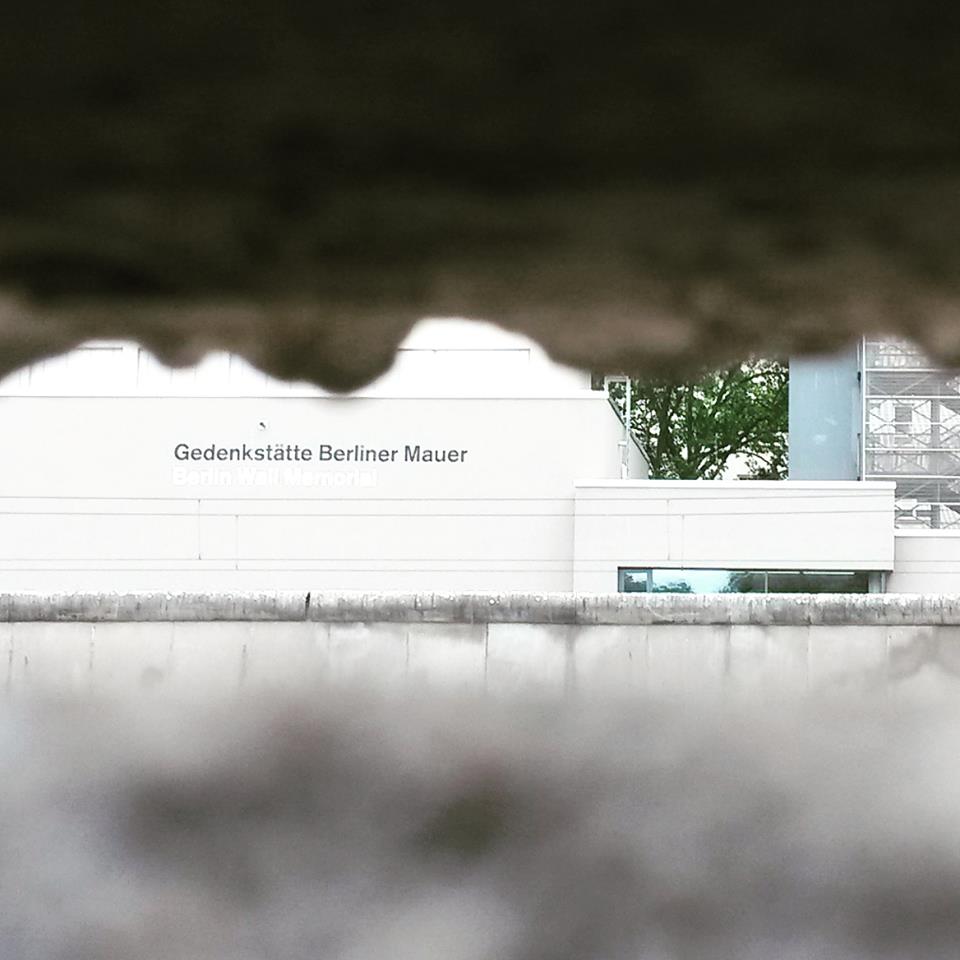
Now when you look through, you can see the plaque for the Gedenkstätte Berliner Mauer and part of the Documentation center to the right.
Stalin’s Yard (viewed from the Dokumentationzentrum) is a preserved strip of land that was full of metal spikes, landmines, rabid attack dogs, and surrounded by armed guards in towers. Its purpose was another means of preventing East Germans from escaping across the border to the West.
Only a few people crossed the yard alive, and they were abruptly shot on the other side.
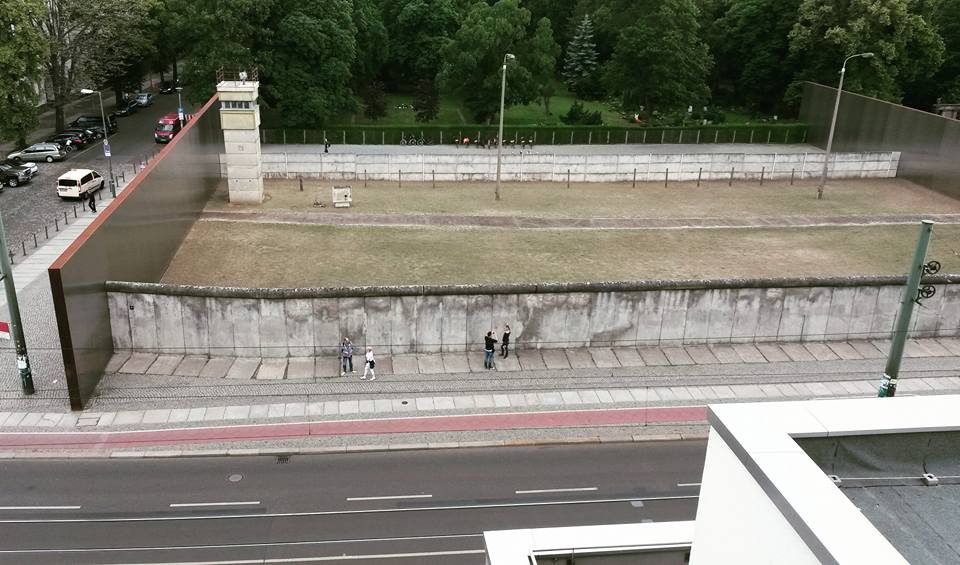
Climbing the stairs to the lookout platform of the Documentation Center was tedious, and we were only there for sightseeing. I can only imagine what it was like to stand in line for hours, or even days, in fear and desperation.

From the top of the Dokumentationzentrum you can see a large area of the neighbourhood that surrounds Bernauerstraße. This is considered a “starting point” for the Berlin Wall, where construction began and was staffed with guards within a matter of hours.
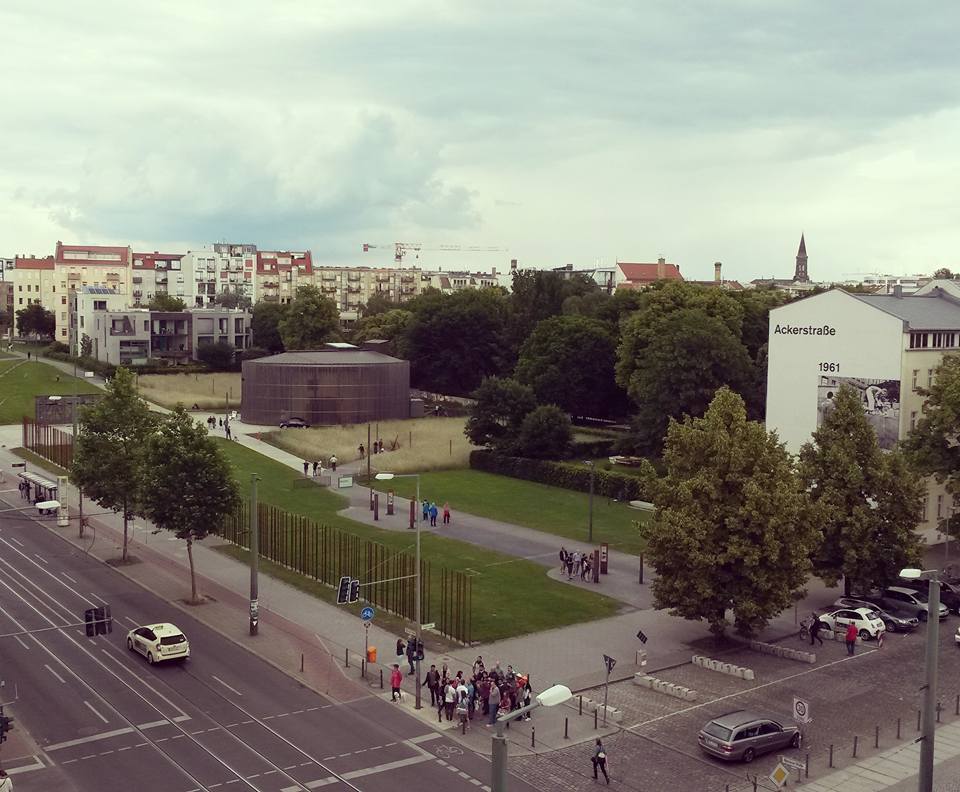
Residents had no warning whatsoever. If their spouses or children were away at work/school, too bad. In most cases, they would not meet again for over thirty years.
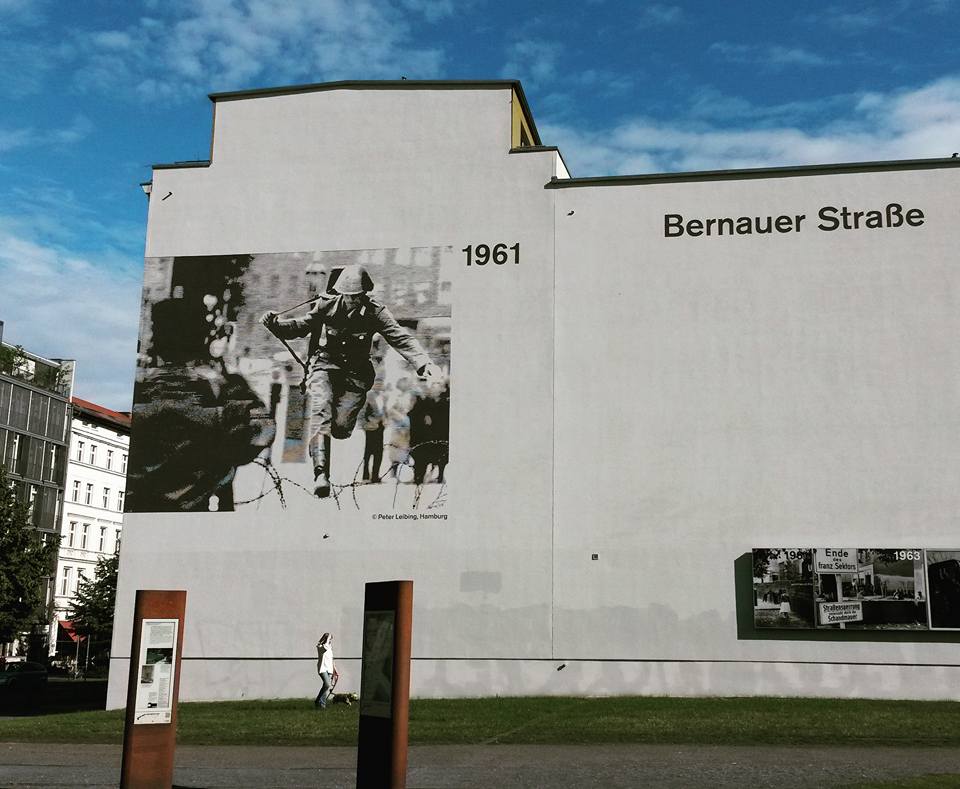
Many buildings in this neighbourhood have historical photos and annotations on the sides to mark significant sites. I would suggest taking a guided walking tour if you are not super familiar with the history, so you may get the most out of your visit.
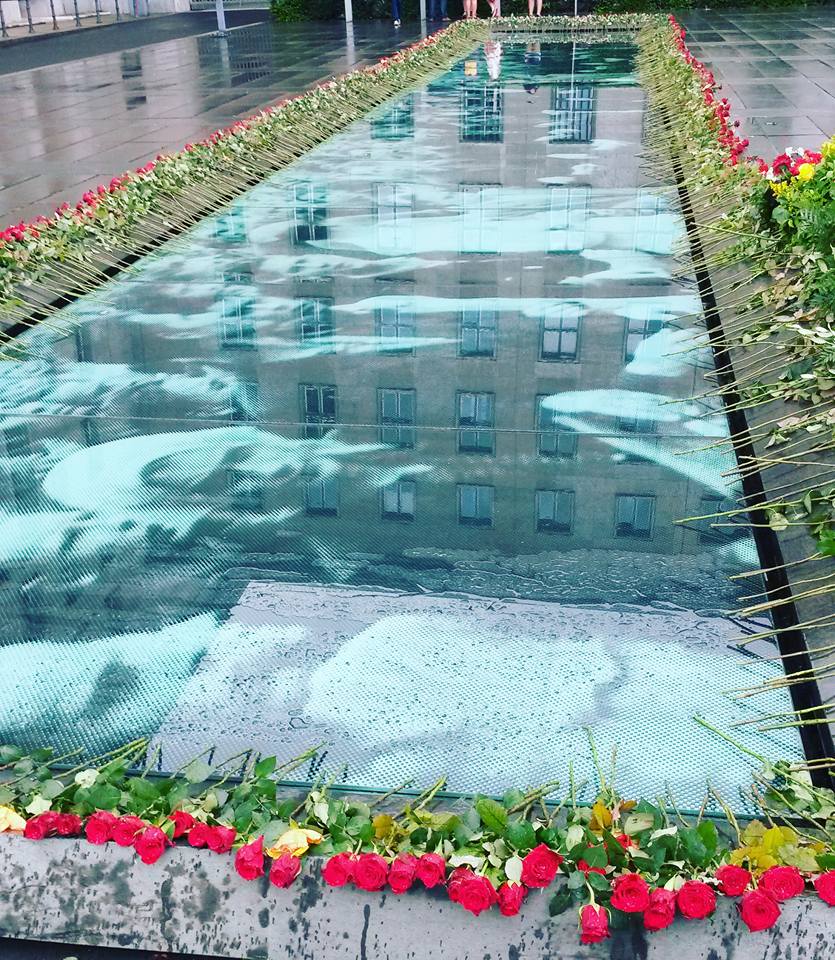
Projection over water, memorial to protesters who died in this square.
Potsdamer Platz
Built in the 1830s, Potsdamer Platz quickly became one of the most crowded and congested areas in all of Europe. It is where the first traffic light was built in Berlin and remains just as bustling.
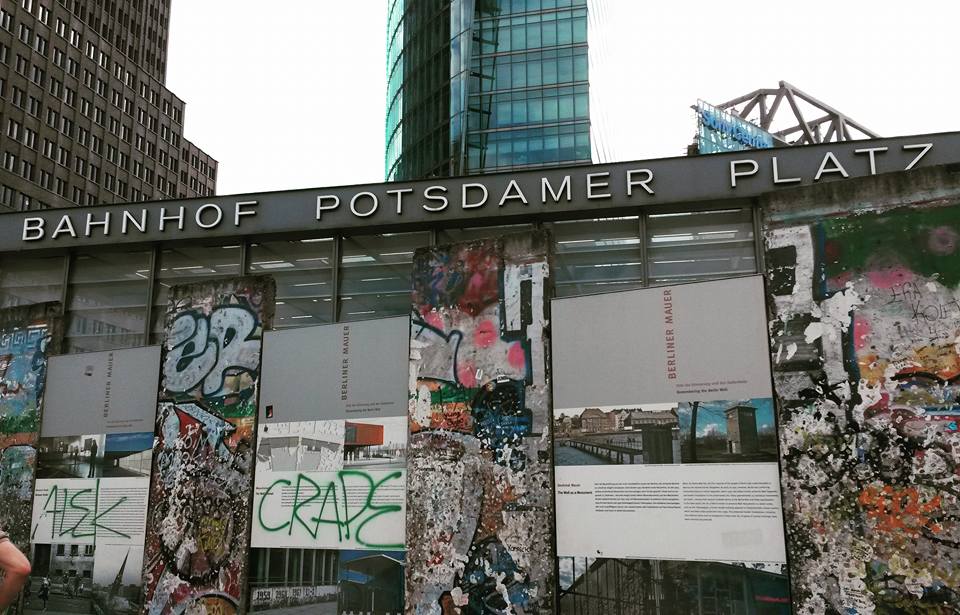
As you exit the Bahnhof (train station) you will immediately see a very large section of remnants from the Berlin Mauer (wall). Sometimes there are peace demonstrations here, and a lot of tourist kitsch on display since this is also a celebrity hotspot.
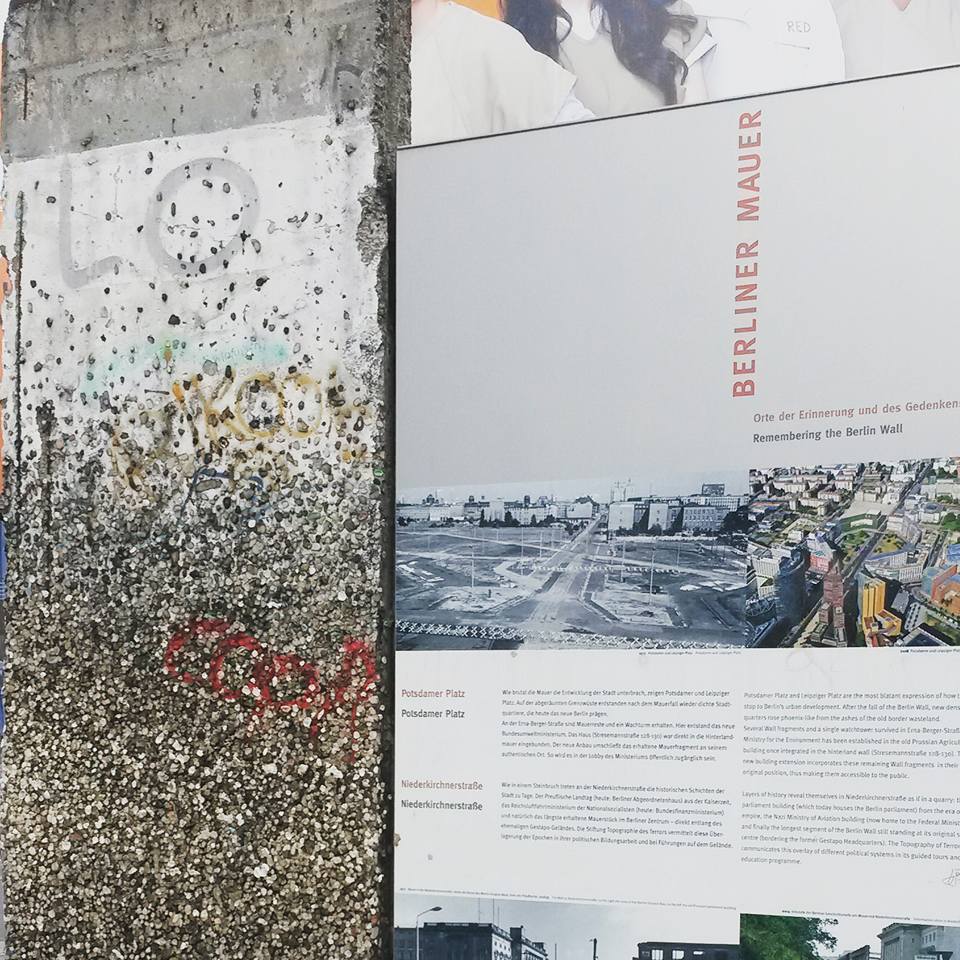
In the center of Potsdamer Platz, across from the Wall segment, is the Berlin Spy Museum with a very interesting collection of war espionage artifacts and loads of spy gear in general.
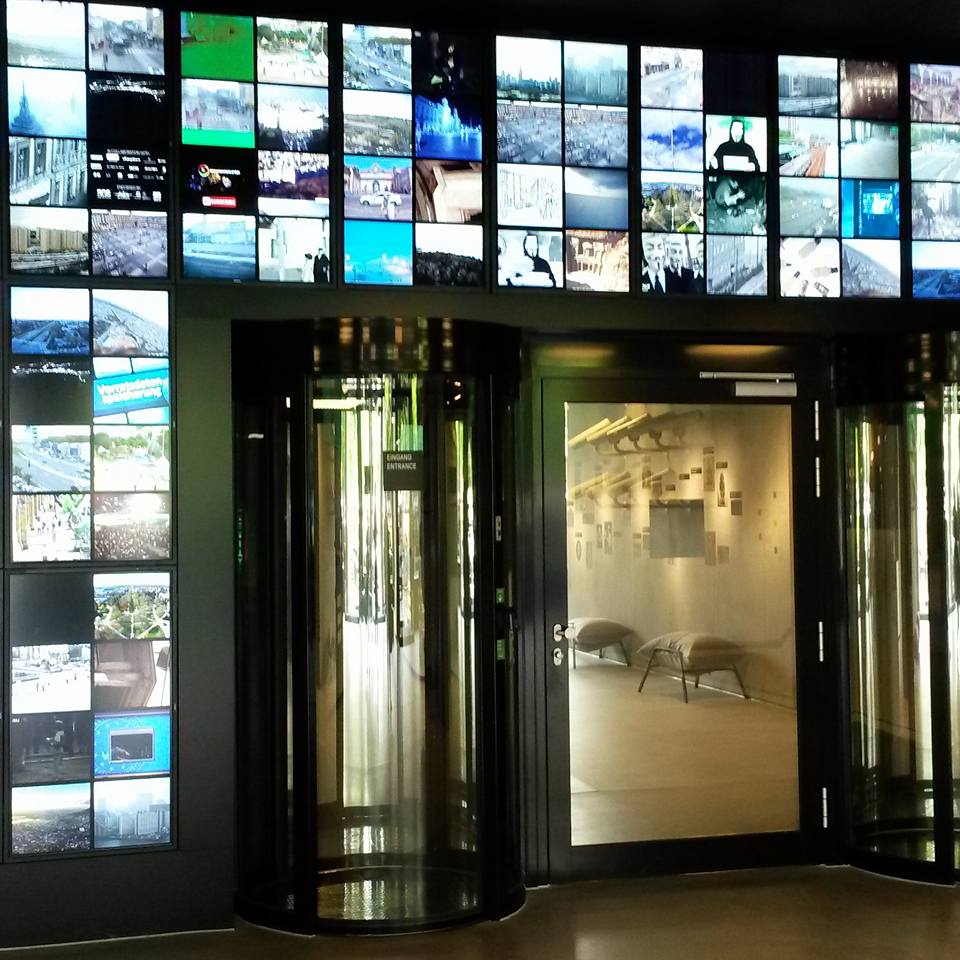
Die Oberbaumbrücke
If you are searching for the ghosts of an old Eastern Bloc neighbourhood with traces of Soviet design and architecture, check out the Oberbaum Bridge. One of my favourite places in all of Berlin is this sprawling red brick bridge that stretches luxuriously across the Spree River.
The Oberbaum Bridge is historically significant because it is seen as a symbol of German reunification, physically forming a “bridge” between East and West Germany that has withstood the test of time, wear, and tear.
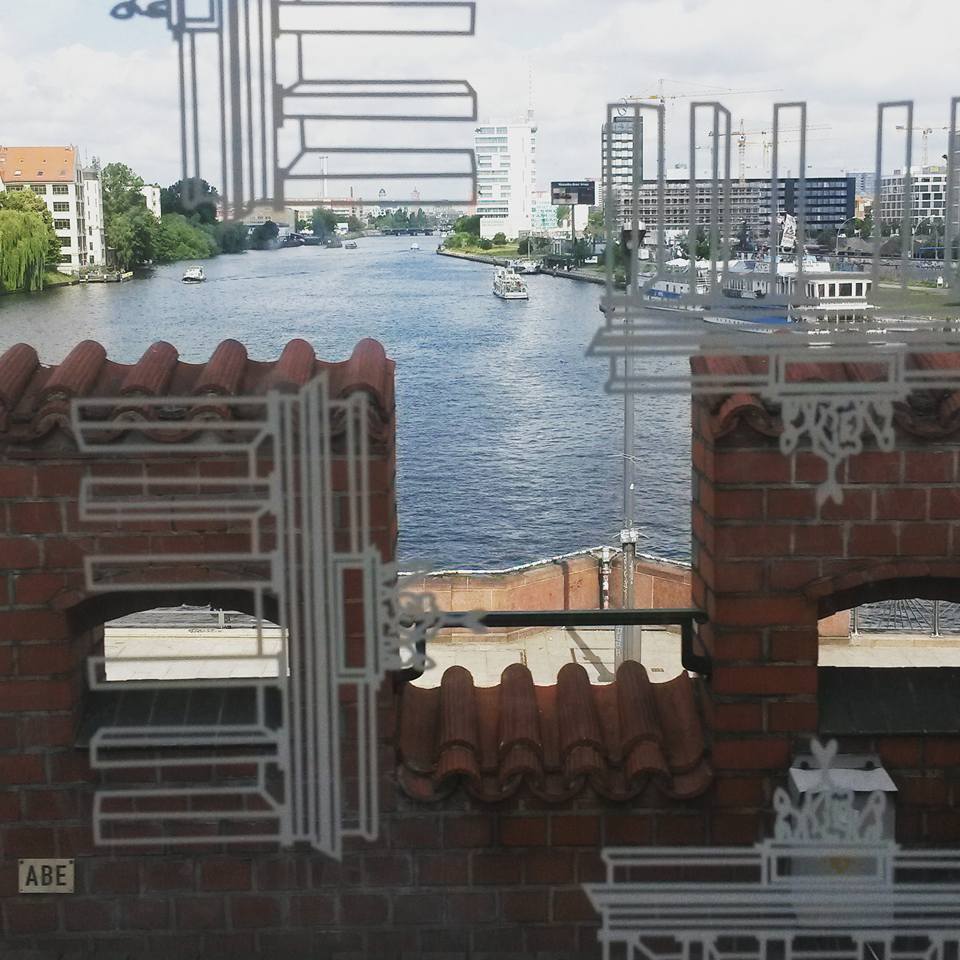
The train stops as it crosses the bridge before releasing passengers, and I was glad to have captured this photo because it superimposes the artful subway doors, the intricate details of the Oberbaumbrücke, the River Spree, and the contrast between former Soviet Berlin against newly gentrified additions.
The Oberbaum is two stories high and sometimes home to many street dwellers. The giant red towers definitely remind me of Russia, but you may recognize this bridge from the film Run Lola Run.
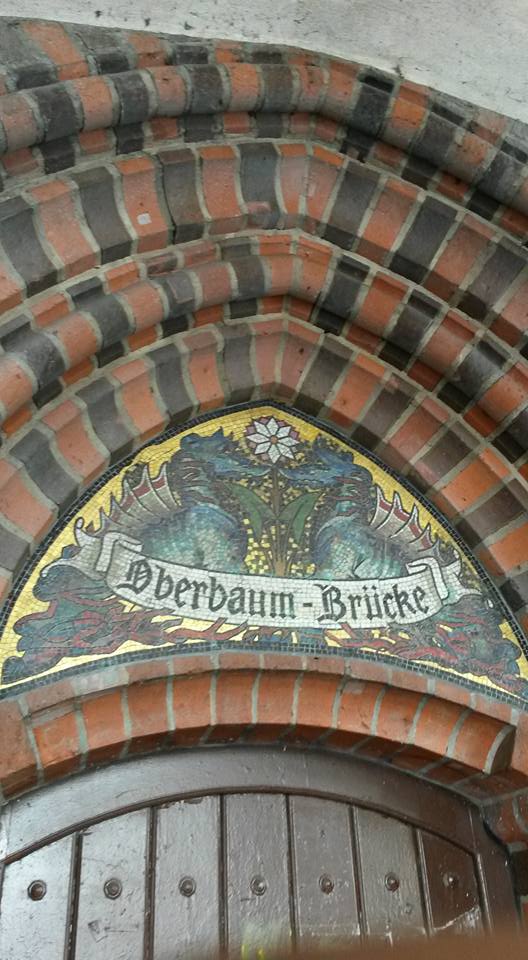
Another reason to visit this bridge is because it is a short walk from the East Side Gallery, a massive open air gallery painted on remnants of the Berlin Wall that spans nearly one mile. East Side Gallery is one of the most popular tourist attractions in Berlin and you can read my blog about it here.
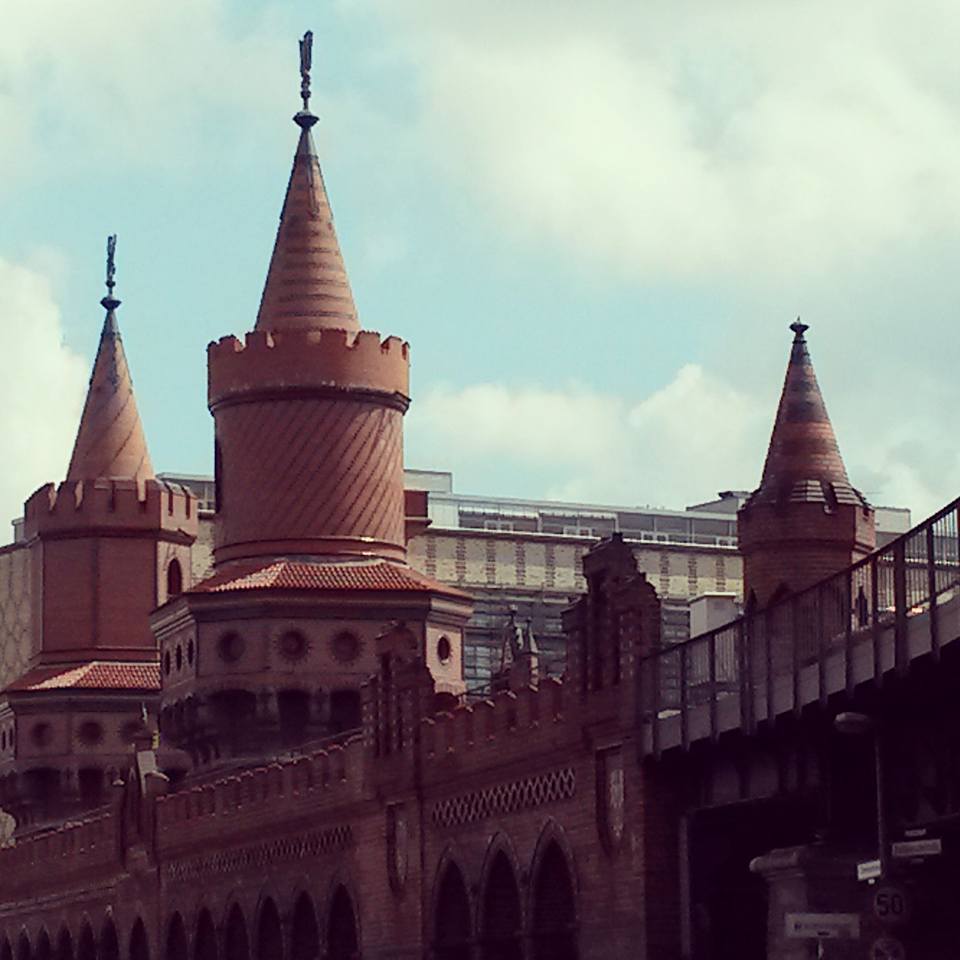
Memorial to the Murdered Jews of Europe
This memorial is actually one of several in a group of memorials dedicated to murdered victims during the Holocaust across Berlin. You can visit this outdoor exhibit for free any time.
The towering concrete slabs will likely leave you feeling very disoriented and possibly in a panic.
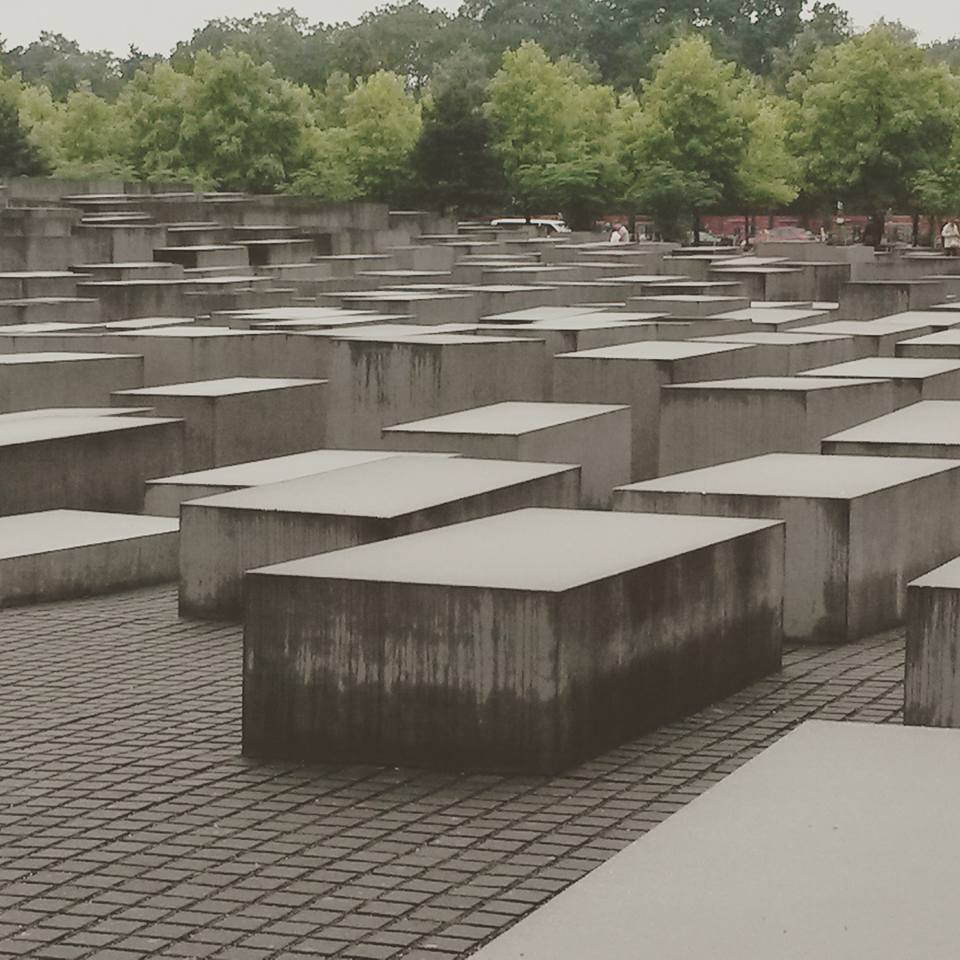
There are two memorials dedicated, respectively, to murdered homosexual victims and to victims of Nazi euthanasia in camps during the Holocaust. We were not able to visit those unfortunately.
We were able to visit the fourth memorial, Memorial to the Murdered Roma and Sinti. and the entire experience was quite chilling.
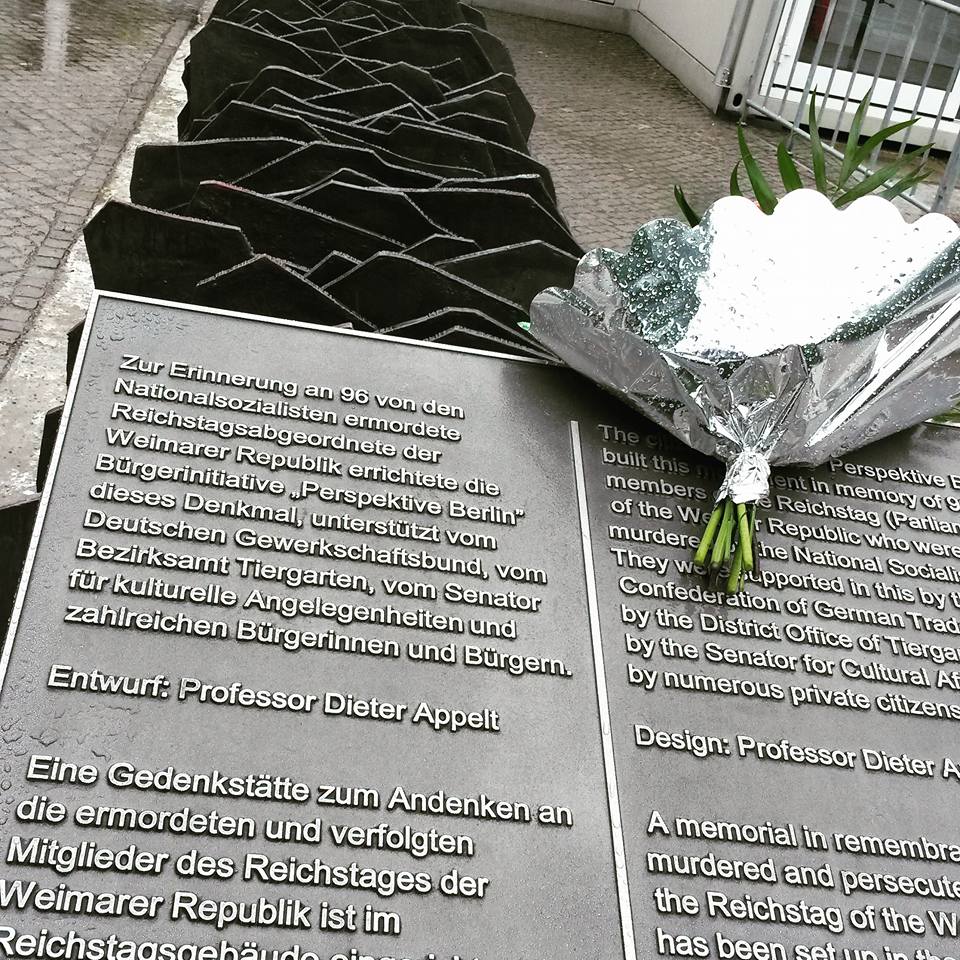
Neue Synagogue
Last but certainly not least, stop by one of Berlin’s gorgeous synagogues and observe the thriving livelihood of modern Jews in Germany. The Neue Synagogue is located just a short walk from the Hackesche Markt.
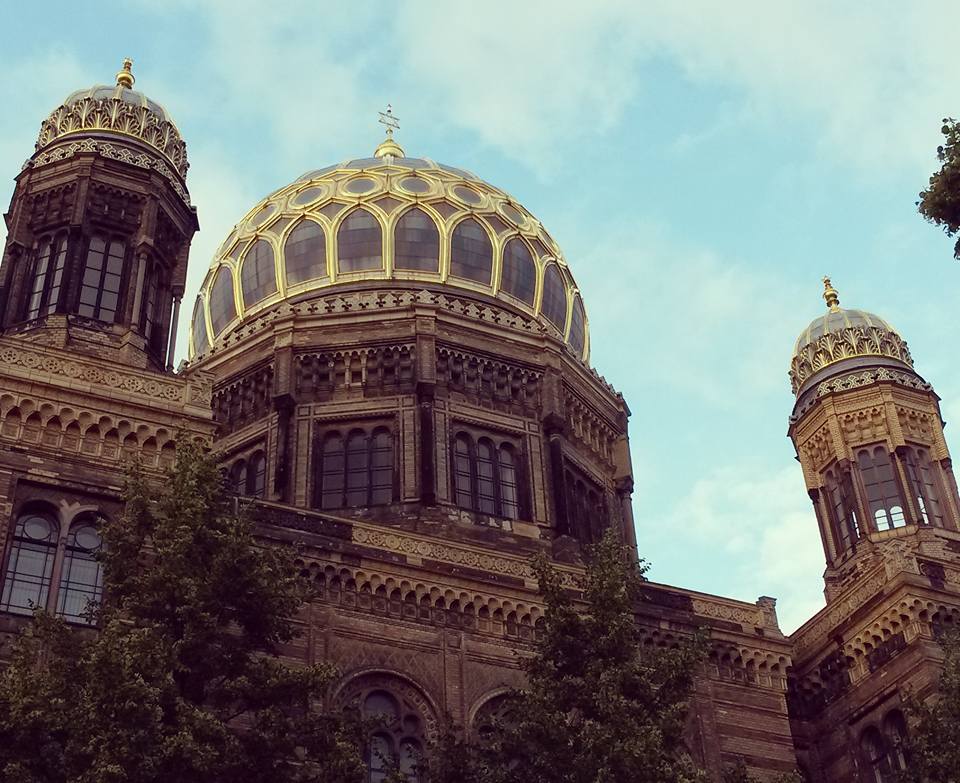
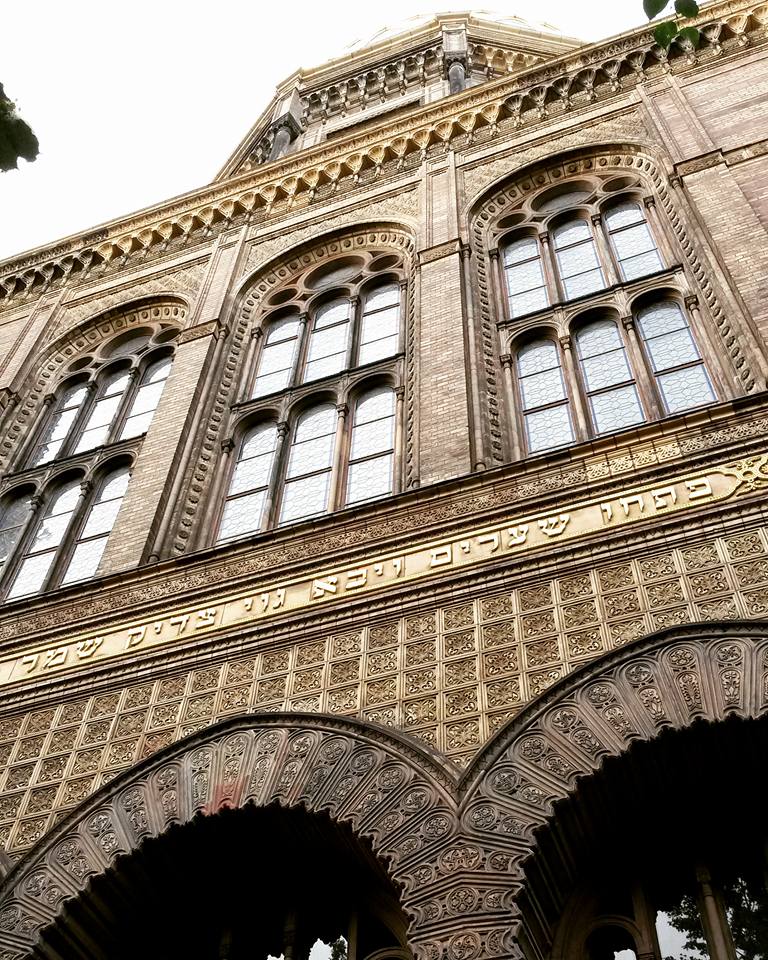
Looking for something a little more modern or light-hearted in Berlin? Follow me to Berlin, City of Bridges and Bears,
and don’t forget to subscribe!
*************
© Fernwehtun, 2015- Current. Unauthorized use and/or duplication of this material without express and written permission from this site’s author and/or owner is strictly prohibited. Excerpts and links may be used, provided that full and clear credit is given to Fernwehtun and Fernwehtun.com with appropriate and specific direction to the original content.



Pingback: This is Blitzkrieg. – Fernweh
Super interesting post! Your enthusiasm for Berlin is contagious 😊
LikeLike
I’m so happy to hear that! Thank you for taking the time to read and to say so 🙂
LikeLike
Pingback: X Marks the Spot; A 2-Day Walking Itinerary for Downtown Dallas | Fernweh
Pingback: 8 Things I Love To Do in Berlin (That Do Not Involve War History) | Fernweh